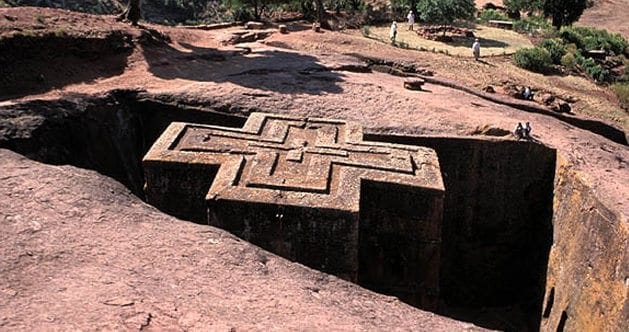When we think of places of worship, grand buildings flooded with light often come to mind. However, not all spiritual spaces follow this design. Throughout history, many cultures have sought closeness to their gods by descending into the earth. Today, you can still find remarkable religious complexes that invite you to pray in the depths, as long as you’re not afraid of tight spaces.
Rock-Hewn Churches, Ethiopia
The rock-hewn churches in Lalibela, Ethiopia, weren’t built in the traditional sense. Instead of piling materials together, builders carved each of the 11 monolithic churches directly out of the bedrock. This incredible feat was started by King Lalibela in the 12th century.
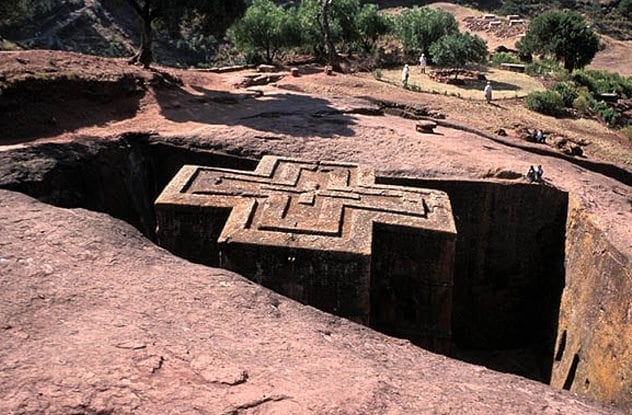
During that time, Muslim conquests in the Middle East made pilgrimages to Jerusalem dangerous for Ethiopian Christians. So, King Lalibela aimed to create a “New Jerusalem” in Ethiopia. Inside these churches, you’ll find replicas of significant Christian sites, such as Adam’s tomb and Jesus’s tomb. Legend says that during construction, angels continued the work at night after the laborers had finished for the day. These churches are still active places of worship and also attract tourists from around the globe.
Mogao Caves, China
The Dunhuang oasis in China was once a vital stop along the Silk Road, serving as a major trade route between Europe and China. Over time, a city developed here, and with it came temples. The Buddhist community of Dunhuang, the earliest in China, carved their temples into the nearby Mogao Caves.
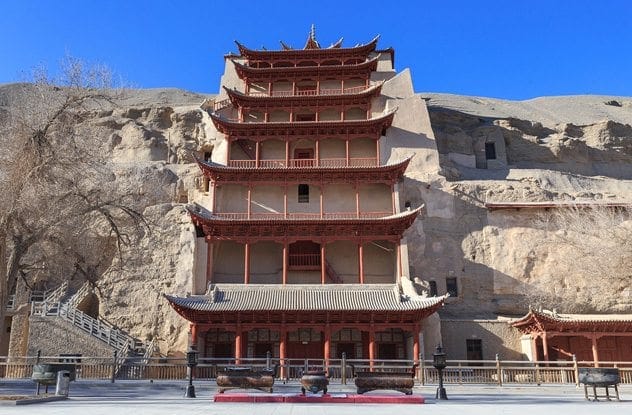
Construction on the caves began in the fourth century, resulting in 492 richly decorated caves. The walls display vivid paintings of religious and secular scenes, showcasing a mix of styles that reflect the diverse cultures that met along the Silk Road. The Thousand-Buddha Cave features walls covered entirely with miniature carvings of Buddha. Besides Buddhist art, evidence of Jewish, Christian, and Manichean influences has also been discovered. In 1900, a cave sealed for over 900 years was opened, revealing a treasure trove of manuscripts, including the oldest printed book ever found.
Hal Saflieni Hypogeum, Malta
Imagine building an underground cemetery designed to last for ages, carved directly from rock. That’s exactly what the builders of the Hal Saflieni Hypogeum did around 4000 BC, using only stone, obsidian, and deer antlers as tools. It’s an impressive feat, even by today’s standards!
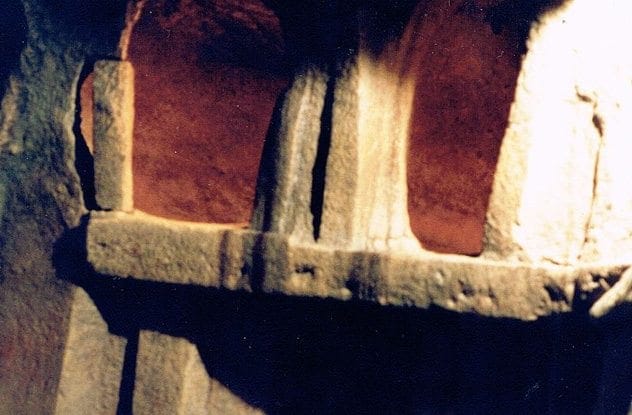
This multilevel complex resembles temples found above ground, featuring false windows and doors. Interestingly, the roof mimics the wooden roofs of ancient temples, preserving architectural details that would have otherwise been lost. The Hypogeum served as a burial site where bodies were left to decompose in carved recesses; later, the bones were removed for burial elsewhere.
Mithraeum, Italy
In ancient Rome, the practice of Paganism readily embraced the worship of new and diverse gods. During the first century, Roman soldiers began venerating Mithras, an Eastern god. While much about the theology and religious practices of Mithras’s followers remains unknown, their underground temples, known as Mithraea, have survived.
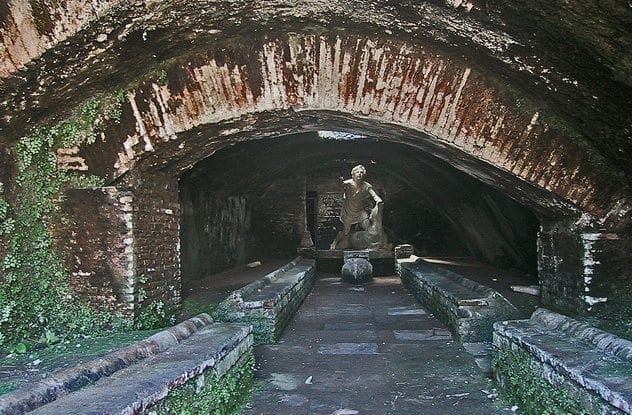
One of the best-preserved Mithraea lies beneath the Circus Maximus in Rome. Inside, a sculpted frieze depicts Mithras slaying a bull, an image found throughout the Roman world. This suggests that the worship of Mithras may have involved the ritual sacrifice of a bull, or tauroctony.
The Sinca Veche Temple Cave, Romania
The underground complex in Sinca Veche goes by several names: Temple Cave, Monastery, and Temple of Destiny. Despite extensive research, the age, builders, and purpose of this site remain a mystery. It features nine separate rooms, two of which served as chapels. However, the walls display non-Christian symbols, including a Star of David and a Yin-Yang sign.
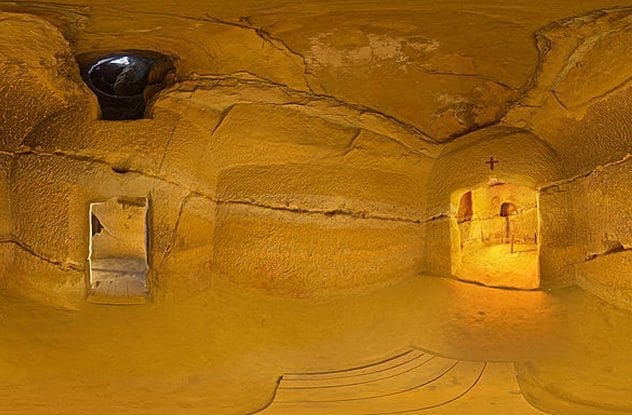
Analyzing tool marks used to carve some of the religious symbols has provided some clues. Atomic trace studies suggest the temple was carved in the second century, though its original function remains a topic of speculation.
St. Kinga Salt Church, Poland
Mining has always been a challenging job. In the 13th century, miners sought help through prayer. At the Wieliczka salt mine in Poland, they carved shrines and chapels out of the soft rock salt.
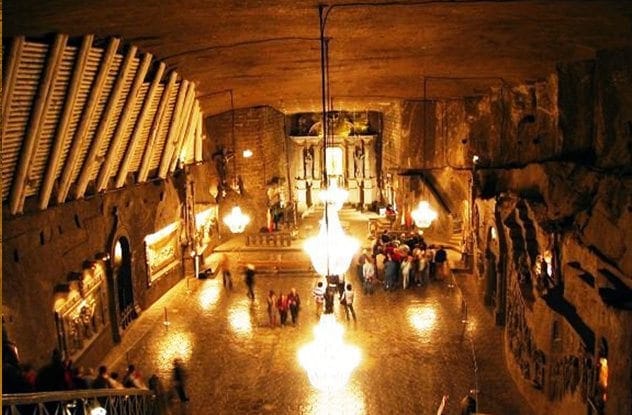
The exact number of these places of worship is unknown, as many were destroyed during mining operations. However, a spectacular church dedicated to St. Kinga remains. Legend says that St. Kinga dropped her engagement ring in Hungary. Later, in Poland, she had a premonition and ordered a well to be dug. Instead of water, miners found salt, and within a crystal block was her ring. This event supposedly occurred at Wieliczka, where her underground chapel now stands.
Zipaquira Salt Cathedral, Colombia
The mines at Zipaquira have been active since the fifth century BC, but the cathedral carved from the salt is much more recent. While smaller chapels existed previously, they were renovated and expanded in the 1990s.
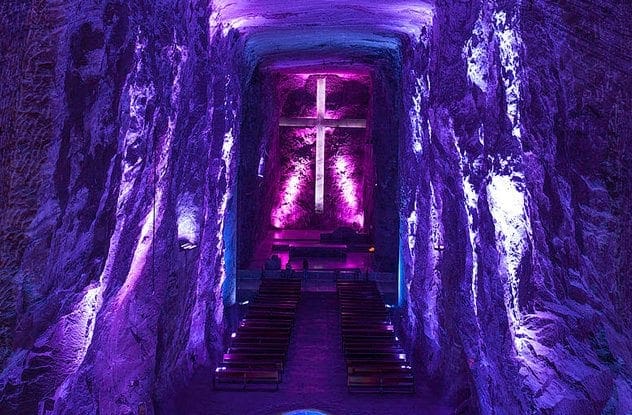
Today, visitors can descend 500 feet into the earth to view the cathedral alongside miners who still extract salt. The site features 14 chapels, each adorned with salt statues depicting a station of the cross, illuminated by LEDs. Although a functioning church, it’s often referred to as a cathedral to attract tourists.
Temple of Damanhur, Italy
Damanhur is an ecovillage commune nestled in the foothills of the Alps. While similar communities exist worldwide, Damanhur stands out with its unique Temple to Humanity.
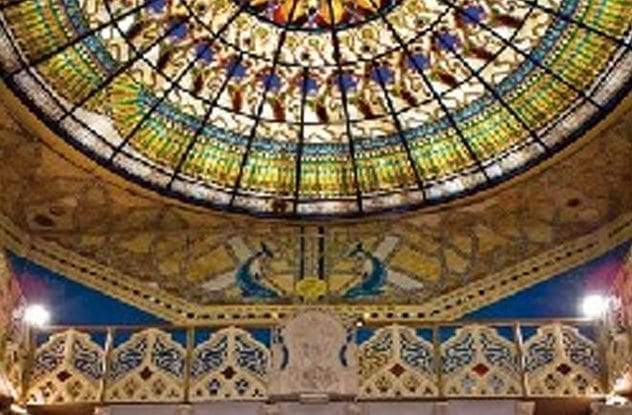
The founder, Oberto Airaudi, had visions of temples from a young age. He sought a place to turn these visions into reality and began constructing the underground temples in 1978. The temples were kept secret, and without planning permission, authorities halted construction in the ’90s. Work has since been allowed to continue. The Temples now house a Hall of Mirrors, Hall of Metal, Halls of Spheres, and other spaces for meditation.
Batu Caves, Malaysia
To reach the underground shrines at Batu, pilgrims must climb 272 steps. Cathedral Cave, at the top, features a 100-foot-high arched roof and various Hindu shrines.

During the festival of Thaipusam, devotees of Lord Murugan walk from Kuala Lumpur to the Batu Caves, carrying offerings on Kavadis. Many practice mortification of the flesh, piercing their cheeks, noses, or ears with hooks. At the top, priests bless the pilgrims with holy ash before they enter the richly colored caves.
Neanderthal Caves, France
Around 175,000 years ago, someone entered a cave in France and ventured 1,000 feet into the darkness. Here, they broke stalactites and stalagmites, arranging them into a circle. About 400 pieces were broken to similar lengths. This act showed surprising adventurousness and it wasn’t done by humans.
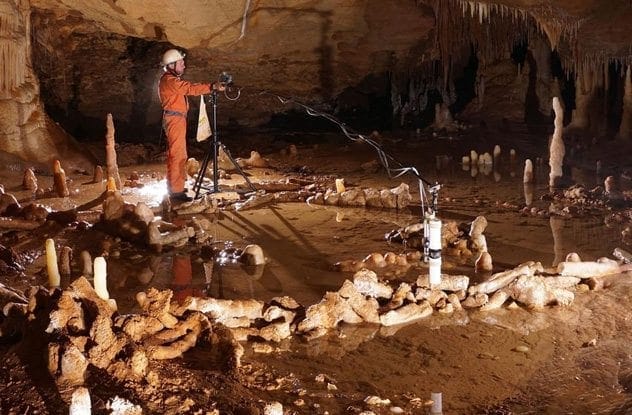
The age of this structure predates the arrival of modern humans in Europe by 100,000 years. The best theory suggests Neanderthals created the circle. Its remote location and small scale suggest it wasn’t a living space. Burned bone fragments and signs of fire indicate artificial lighting was used.
These underground temples reveal the diverse ways humans and our ancestors have connected with the spiritual world. From ancient cemeteries to modern-day churches, these sites offer a unique perspective on faith and history. Each location tells a story of devotion, innovation, and the enduring human desire to seek something greater than ourselves.
Which of these underground temples fascinates you the most? Leave your comment below and share your thoughts!


